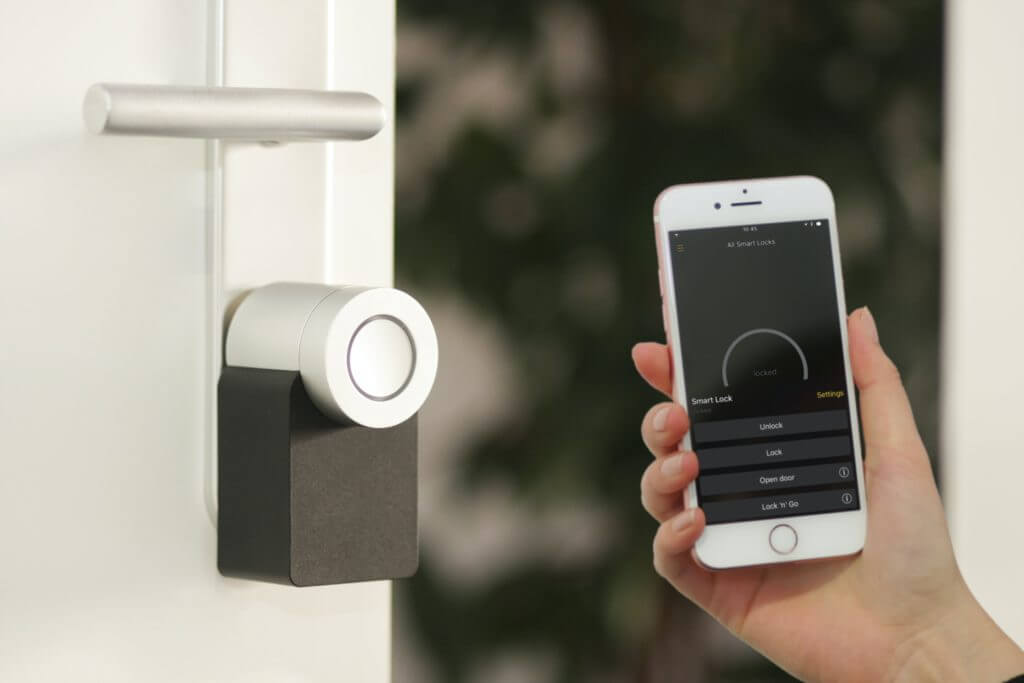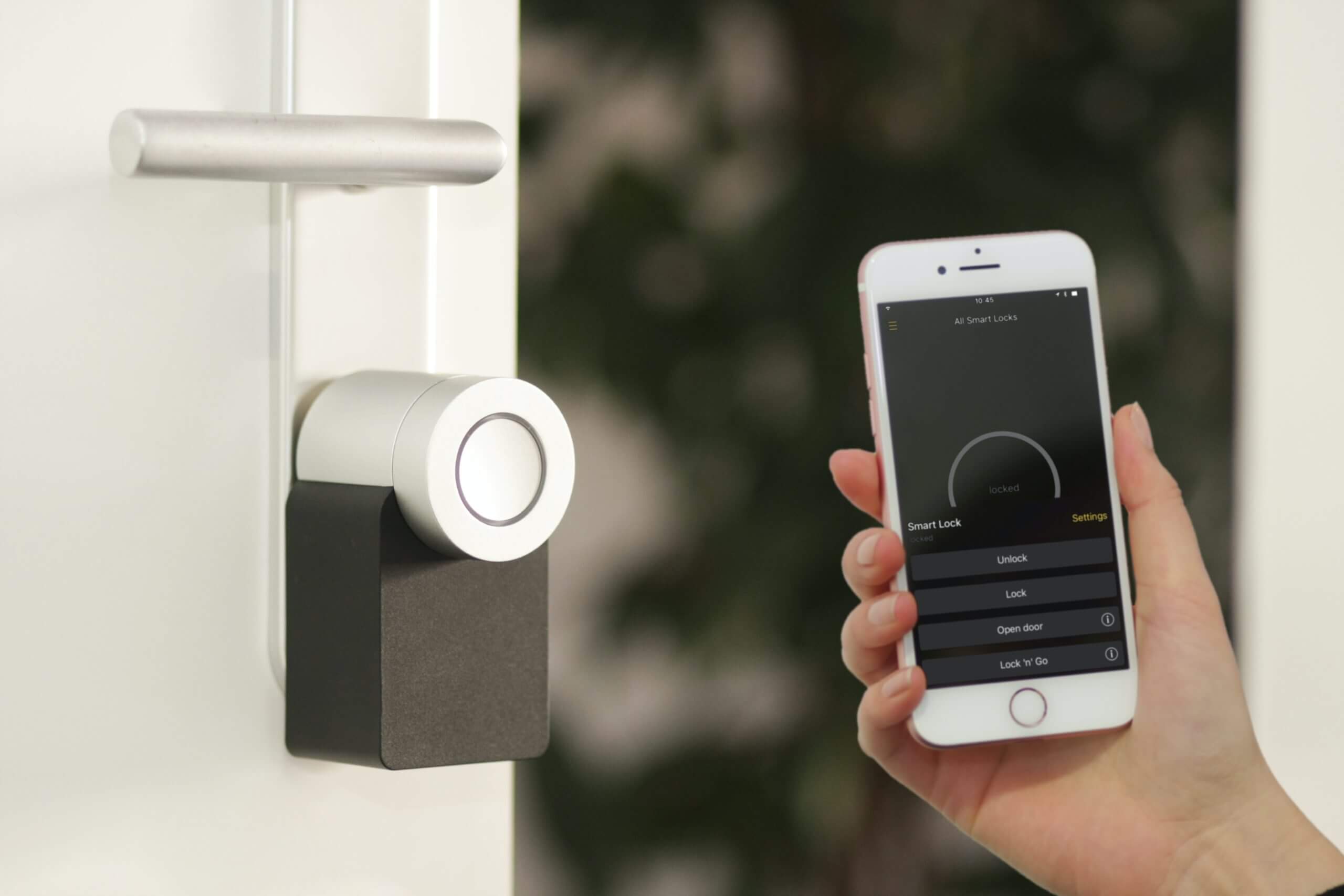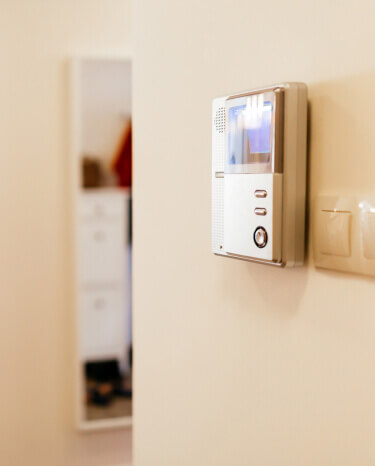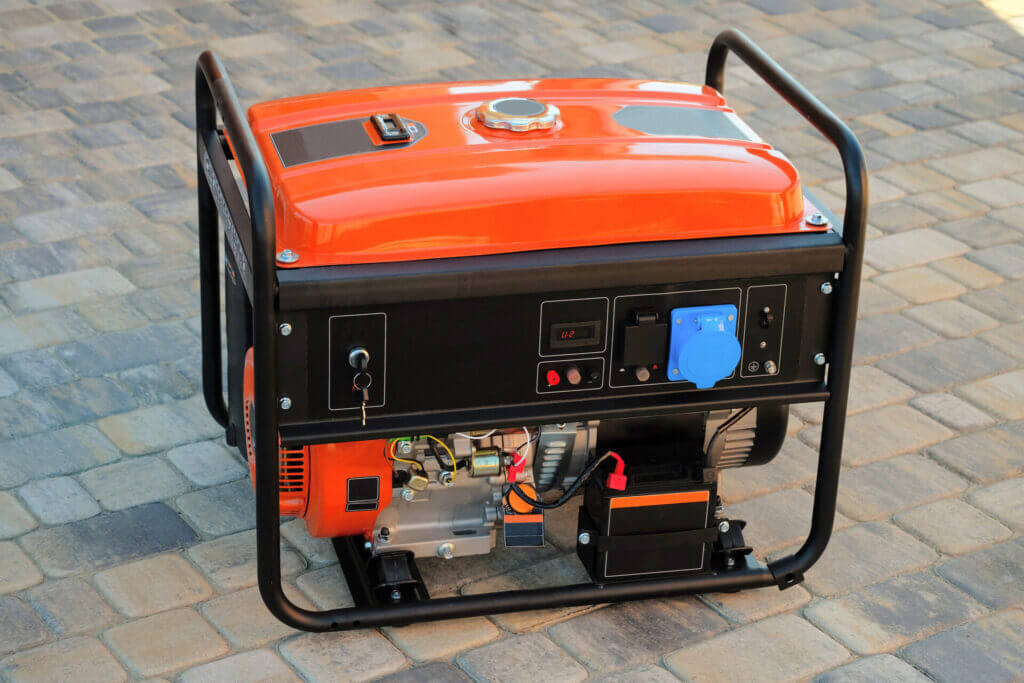Are you doing a home security project?
Modernize can pair you with three to four pros in your area, so you can compare options and save time and money.
Home security technology has become much more accessible, allowing for homeowners to easily install a DIY security system. These systems are exactly as the name implies—a security system that homeowners install and (typically) manage on their own.
When it comes to installing a DIY security system, there are several home security tips that should be followed to ensure the system is as effective as possible. In this guide, we’ll walk homeowners through important considerations and tips on security in the home.

Home Security Monitoring Tips
Not all home security systems—including DIY security systems—are created equal and homeowners should consider what forms of protection they want to monitor.
While at their core, a home security system protects a home from burglaries, there are a host of monitoring options homeowners can have at their disposal. These include systems that monitor for:
- Fires
- Carbon monoxide
- Leaks and floods
- Extreme temperatures
- Wearable systems to monitor personal injury, and more
Homeowners should decide what scale of monitoring they want their DIY security system to monitor before purchasing equipment. Use that decision to effectively layout the system. If you decide you would rather have a professional assist you, Modernize can help.
DIY Security System Hardware
When it comes to a home security system, cameras are often top of mind as they have advanced from bulky, hard-to-install components to a common feature as small as a doorbell.
But there are several other pieces of equipment homeowners need to consider for the most effective security system. Some of the most common hardware includes:
Environmental Sensors and Alarms
These sensors and alarms monitor your home for fire, water leaks, extreme temperatures, smoke and carbon monoxide, and more.
Glass-Break Sensors
These sensors can detect the breaking of glass, including glass in doors as well as windows.
Base Stations
These stations connect all the sensors and components via an internet connection. This is typically where backup batteries and a built-in siren are located.
Sirens
While a typical component comes in a base station, standalone sirens can be placed in other areas of the home.
Contact Sensors
Attached to doors and windows, these sensors alert homeowners whenever those units are opened.
Motion Sensors
These sensors detect movement and are great for rooms with multiple doors or windows.
Keypads
Used to arm/disarm alarms, these can be standalone components, part of the base station, or replaced altogether by a control panel.
Find the Right Contractor for Your Home Security Project
Whether you’re ready to begin your project now or need some expert advice, our network of contractors are here to help. With a few simple questions, we’ll find the best local professionals for you
Range Extenders
Used in larger homes, these components increase the wireless range of the base station and connect to distant sensors.
Where to Place Home Security Cameras and Sensors
Cameras and sensors are the most common pieces of DIY security systems, but installing them in the wrong places can leave your home vulnerable to intruders. So, where should cameras and sensors be placed?
Front Door Exterior
Not just for package thieves, a front door camera can monitor family members, babysitters, maintenance workers, delivery people, and more when outside your home. Thanks to the advancement of doorbell cameras, placing a camera at your door’s exterior has become one of the simplest steps for DIY home protection.
Additionally, front door sensors should always be utilized to alert you of any unwanted entries.
Back and Side Door Exteriors
Out-of-sight doors allow intruders to enter your home less detected and are a common place for break-ins. Ensuring these entry points are secure can go a long way in discouraging intruders from using them.
Garage and Driveway
Garages contain high-value targets such as vehicles, grills, bikes, sports equipment, landscaping equipment, and more. Adding a layer of security to these areas can help better secure what is often one of the weakest entry points in a home.
Interior Common Areas
While motion sensors are a commonplace feature in a home’s interior, some homeowners might have reservations about placing cameras inside their home. However, monitoring common areas allows homeowners to see if windows are being tampered with, as well as the actions of children, pets, or visitors such as maintenance workers.
Remember, a home security system isn’t only about preventing intrusions, it’s about keeping your family safe from any risk.
Windows
While homeowners might not be placing cameras along every window, they should be adding sensors to alert of any tampering, breaking, or unwanted opening.
Tips for Effective Security System Placement
Once a homeowner has decided on the locations to install security features, there are strategies to make sure your DIY security system is as effective as possible.
Here’s what homeowners should consider outside the home:
- Install cameras 8-10 feet off the ground. This is low enough to capture details but high enough to stay out of reach.
- Don’t point cameras directly at the sun. Bright light causes glare and high contrast in your footage. Consider the movement of the sun throughout the day when placing cameras to ensure it doesn’t cause any blind-spots.
- Protect the camera from the elements. Choose an outdoor camera that’s rated for your climate and place it in an area where it won’t be impacted by rain, snow, or other environmental factors.
Here are tips on where security monitors should be placed inside the home:
- Corners are your friends. A camera in the corner of a room typically provides the largest possible vantage point.
- Windows can cause reflections. Many security cameras have infrared (IR) light technology for motion detection and low-light use, but this can reflect off of windows and other glass objects and obscure footage.
- Angle for indirect light. Much like outdoor cameras, direct light will wash out footage, so be mindful of lighting fixtures and bright windows.
Home Security Tips
Installing a DIY security system is only the first step in protecting your home from harm. In order to ensure the system functions effectively, homeowners will want to test the equipment regularly to monitor for damage or issues.
Homeowners should also clean their systems—especially outdoor ones—to prevent buildup of pollen, dust, dirt, or other pollutants that might damage the system or obstruct it.
There are also several home security tips and strategies that homeowners can implement beyond a traditional security system to offer protection. Among the first areas homeowners should look to assess on their home are doors—including the security of the doors themselves but also locks, peepholes, and other door security tech—and windows.
Find the Right Contractor for Your Home Security Project
Whether you’re ready to begin your project now or need some expert advice, our network of contractors are here to help. With a few simple questions, we’ll find the best local professionals for you
Reviews from Real Homeowners
Welcome to Homeowner Resources! We are the Modernize blog. Modernize pairs more than 3 million homeowners a year with pre-vetted contractors in their area. This blog started because we believe homeowners should know everything about their homes, from how their HVAC works to which front door colors they might love. On Homeowner Resources, you can find information on every part of your home, right down to how you can negotiate with contractors to get the best price. Here's more about the blog.
Need a contractor? Learn more about how Modernize finds the right pro for you.




